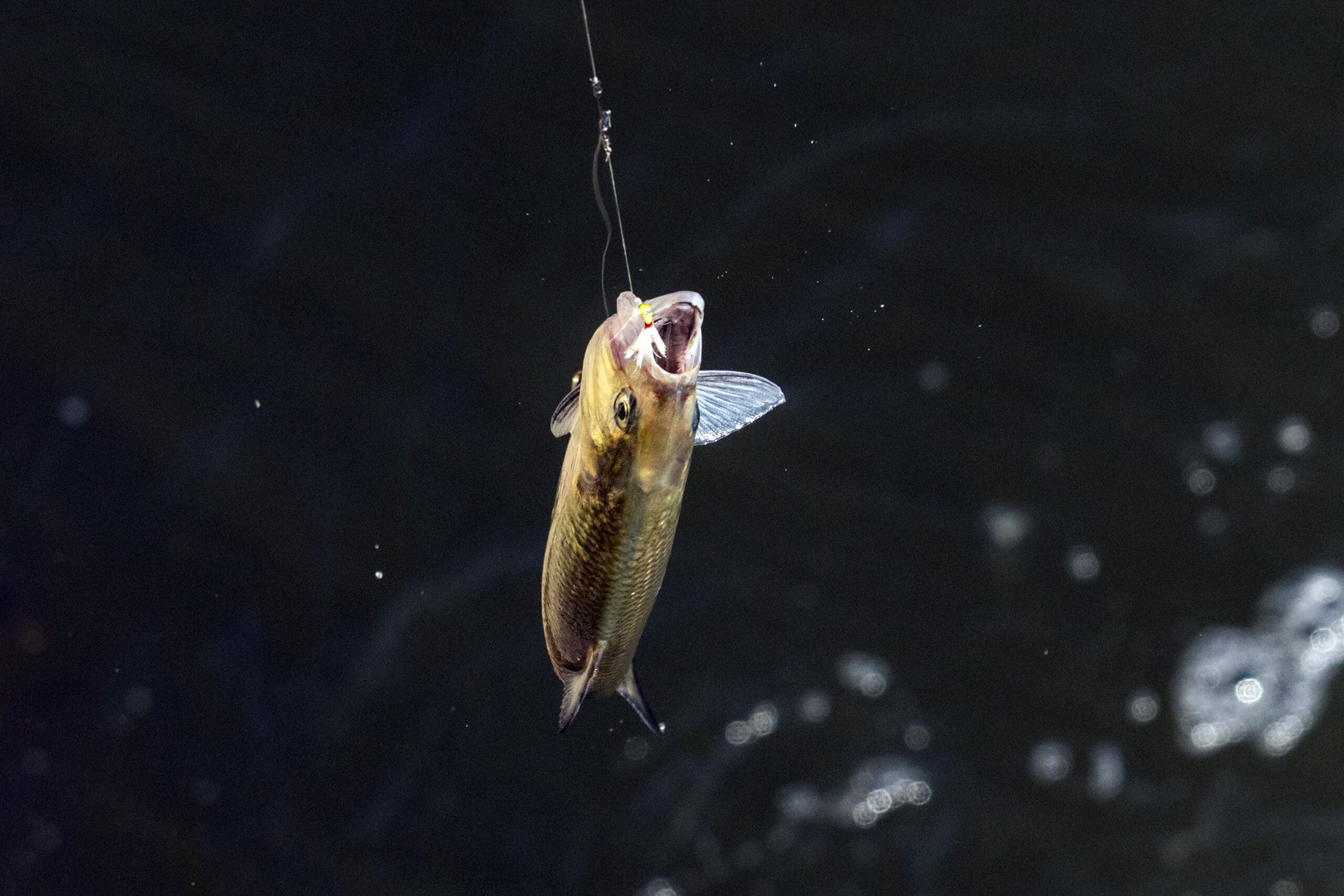Do You Let a ChatterBait Sink?
Key Takeaways
- Letting a ChatterBait sink to the bottom before starting your retrieve is generally recommended by experts.
- The best techniques for fishing with a ChatterBait include dragging, hopping, steady retrieving, and using sharp pulls and vibrations.
- Letting a ChatterBait sink allows the lure to reach the desired depth where fish are located, creates a rising and falling motion to attract bass, and enables changing tactics without changing lures.
When it comes to fishing with a ChatterBait, one of the most common questions anglers have is whether they should let it sink before starting their retrieve. Let’s dive into this topic and explore the different perspectives and techniques shared by experts in the field.
The Consensus Among Anglers
After reviewing several sources, it is clear that the majority of anglers recommend letting a ChatterBait sink to the bottom before starting your retrieve. This allows the lure to reach the desired depth where the fish are often located, increasing your chances of getting a bite.
The Techniques
While the consensus is to let the ChatterBait sink, the techniques for fishing with this lure may vary. Let’s explore the different techniques mentioned by the experts:
Dragging, Hopping, and Steady Retrieving
According to one source, the best techniques for fishing with a ChatterBait include dragging, hopping, and steady retrieving. Dragging involves slowly pulling the lure with the rod and reeling in the slack. Hopping involves popping the lure off the bottom with the rod and letting it sink, then reeling in the slack. Steady retrieving is a simple power fishing technique where the lure is reeled in at various speeds.
Sharp Pulls and Vibrations
Another technique mentioned by an angler is to let the ChatterBait sink to the bottom and then pull it sharply up to give it a quick, hard vibration before letting it sink again. This technique is said to produce a reaction bite, as the flash and noise of the bladed jig anger aggressive bass into attack mode.
The Pros and Cons of Letting a ChatterBait Sink
While there is a consensus among the sources that letting a ChatterBait sink is beneficial, it’s important to consider both the pros and cons of this approach.
Pros
- Allows the lure to reach the desired depth where fish are located.
- Creates a rising and falling motion that can attract bass to strike.
- Enables changing tactics without changing lures by modulating the retrieve.
- Makes the lure weedless and snag-resistant due to the blade.
Cons
- Increased risk of getting snagged on vegetation or structure, potentially resulting in lost lures.
Conclusion
Based on the information provided, it is clear that letting a ChatterBait sink to the bottom before starting your retrieve is generally recommended by experts. This technique allows the lure to reach the desired depth and can increase your chances of attracting bass to strike. However, it’s important to be mindful of the potential risk of getting snagged on vegetation or structure.
Related Websites:
FAQs:
Q: What is a ChatterBait?
A ChatterBait is a type of bass fishing lure that consists of a vibrating jighead and a skirted body. It differs from other lures in its unique action and versatility, making it a popular choice among anglers. The ChatterBait’s design allows it to imitate baitfish, attracting bass and triggering strikes. Its benefits include its ability to be fished in various conditions and its effectiveness in covering large areas of water.
Q: How does the ChatterBait attract bass?
The ChatterBait’s action, characterized by its vibrating and side-to-side motion, is what attracts bass. This motion mimics the natural movement of prey, triggering the predatory instinct in bass. The vibrations and flash produced by the ChatterBait also help to grab the attention of nearby bass, making it a highly effective lure.
Q: What factors should I consider when retrieving a ChatterBait?
When retrieving a ChatterBait, it is important to consider factors such as the fishing conditions and the behavior of bass. Different retrieval techniques can be used, including steady retrieves, stop-and-go retrieves, and ripping retrieves. The speed of retrieval is another crucial factor, with faster speeds often being more effective in triggering reaction strikes. Adapting your technique based on the specific situation will help optimize your chances of success.
Q: Should I let a ChatterBait sink?
Letting a ChatterBait sink can be effective in certain situations. Allowing it to sink can mimic the behavior of injured baitfish, which can attract bass. However, the decision to let a ChatterBait sink depends on factors such as the depth you want to target and the activity level of bass. Experimentation and observation of bass behavior can help determine whether letting a ChatterBait sink is the right approach.
Q: What are the advantages and disadvantages of letting a ChatterBait sink?
Allowing a ChatterBait to sink has its advantages. It can imitate injured prey, increasing its attractiveness to bass. It can also reach deeper water where bass may be holding. However, there are limitations to consider. Sinking a ChatterBait can increase the chances of snagging on underwater structures. Additionally, in shallower waters, a sinking ChatterBait may not be as effective. The right approach depends on the specific fishing situation and the behavior of bass.






